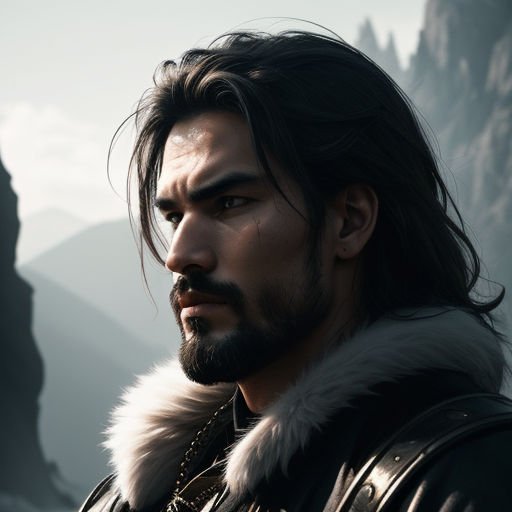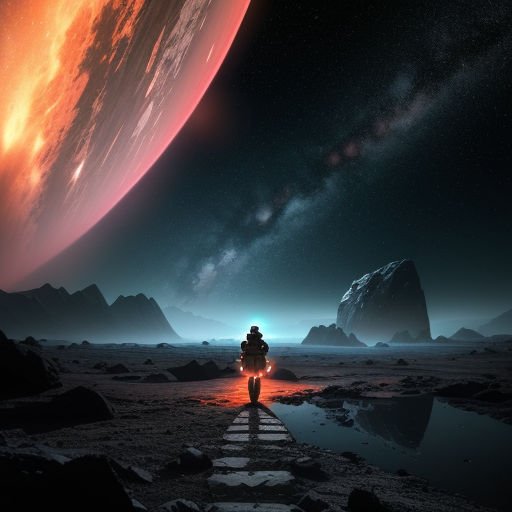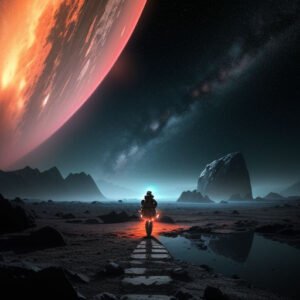When Leaders Turn Savage The Wild World of Warlord Societies
Racing Through Chaos: The Dystopian Pulse of Death Race 2000
In the world of apocalyptic and post-apocalyptic fiction, few films capture the raw, anarchic energy of fractured societies like Death Race 2000. Set in a grim near future, the movie unfolds a dystopian vision where gladiatorial combat meets cross-country racing, forming a brutal spectacle for a broken world. This world teeters on the edge of collapse, dominated by ruthless warlord societies that thrive on violence and control. The film gives a thrilling glimpse into how these warlord societies maintain power and entertain themselves through carnage on wheels, painting a satirical yet chilling picture of humanity’s dark survival instincts.
The Societal Framework Behind the Death Race
The backdrop of Death Race 2000 is a society that has crumbled into desperate factions, paralleling many classic post-apocalyptic narratives where centralized governments can no longer maintain order. Instead, warlord societies emerge—regions ruled by dictatorial leaders who enforce control through sheer force and fear.
What Defines Warlord Societies?
Warlord societies are characterized by:
– Fragmentation of formal government structures
– Leadership vested in military commanders or gang leaders
– Control over territories through private armies or armed bands
– Use of intimidation, violence, and spectacle to suppress rebellion
– Exploitation of resources, often at the expense of civilian populations
These traits define the landscape within which Death Race 2000’s violent competition unfolds, demonstrating how fractured power structures might evolve after societal collapse.
Death Race as a Microcosm of Warlord Competition
The titular race itself is a brutal contest sanctioned by the totalitarian government, essentially a warlord entity leveraging mass entertainment to distract and control its population. Within the race, competitors personify various warlord archetypes competing for dominance, mirroring the cutthroat struggle for survival and supremacy that defines their harsh world.
How Death Race 2000 Reflects Post-Apocalyptic Warlord Societies
The film’s setting directly reflects core themes common to stories featuring warlord societies in a post-apocalyptic context.
Centralization of Entertainment as Control Mechanism
Death Race 2000 reveals an essential survival tactic of warlord regimes: using violent spectacle to pacify the masses. The race is more than sport—it is a televised platform for reinforcing authority, with the government’s grip enhanced by public distraction.
The Role of Violence as Social Currency
In this cinema universe, violence both defines identity and mediates political power. The racers are both gladiators and warlords, using death and destruction as means for advancement and influence—an allegory for societies fractured by war where brutality is normalized.
Lesser-Known Facts About Death Race 2000’s Cultural Impact
Beyond its cult following and action-packed scenes, the film carries nuances that many viewers overlook.
– Originally released in 1975, the movie cleverly satirized the glorification of carnage and the media’s role in desensitizing audiences to violence.
– Its premise has influenced numerous post-apocalyptic narratives emphasizing lawlessness and the rise of warlord figures, bridging cult classic status with cultural critique.
– The film inspired multiple sequels and remakes, each exploring elements of power struggles within dystopian arenas.
– Director Paul Bartel famously described the film as “an attack on American society’s obsession with violence, speed, and spectacle.”
– The film’s depiction of a fractured America foreshadows future media’s exploration of warlord societies amid societal collapse.
For cinephiles and scholars interested in the intersection of media, violence, and societal breakdown, Death Race 2000 offers fertile ground for analysis [see more on dystopian cinema](https://www.bfi.org.uk/features/best-dystopian-films).
The Anatomy of Warlord Societies in Apocalyptic Fiction
Warlord societies serve as rich narrative devices in post-apocalyptic literature and film, with Death Race 2000 exemplifying many of their defining features.
Control Through Territorial Dominance
Warlords claim dominion over specific regions, exploiting local resources and people. This territorial control often results in fragmented landscapes where lawlessness reigns outside each warlord’s enclave.
Political Structures Rooted in Fear and Loyalty
Unlike traditional governments, warlord societies rely on personal charisma, military might, and brutal repression to maintain order. Loyalty is often transactional and volatile, with betrayals common as factions vie for supremacy.
Economic Survival in a Collapsed System
These societies often sustain themselves through black-market trade, raiding, and exploitation of remaining infrastructure. Death Race 2000 hints at these dynamics through its depiction of a decayed America where survival depends on ruthless pragmatism.
Legacy and Influence: Death Race 2000 and the Evolution of Warlord Tropes
The influence of Death Race 2000 extends beyond its immediate story, shaping how warlord societies are portrayed in modern sci-fi and post-apocalyptic media.
– Its use of a violent contest as a tool for social control has been echoed in titles like The Hunger Games and Mad Max: Fury Road.
– The film introduced an anarchic aesthetic to dystopian storytelling, blending satire with visceral action that resonates with audiences today.
– By highlighting warlord societies’ dependence on spectacle, it encourages critical reflection on real-world parallels in media and power structures.
– The ethos of “survival of the deadliest,” central to Death Race, remains a compelling motif within post-collapse narratives—fueling the genre’s enduring appeal.
Where to Discover More About Post-Apocalyptic Warlord Societies
For deeper insight into these themes, consider exploring:
– George Miller’s Mad Max series: a quintessential depiction of desert warlord tribes
– The Walking Dead comics and TV adaptations: focus on fractured communities and warlord figures
– Literature such as Cormac McCarthy’s The Road, which explores survival beyond formal society
These works, like Death Race 2000, illustrate the multifaceted dynamics of warlord societies in a shattered world.
Revving Forward: What Death Race 2000 Teaches Us About Warlord Societies Today
While Death Race 2000 is fiction, its portrayal of warlord societies offers parallels to real-world issues like factionalism, authoritarianism, and the spectacle of violence in politics. The film’s exaggerated dystopia encourages viewers to question how power is wielded and maintained, especially in chaotic environments.
Recognizing warlord societies within apocalyptic fiction sharpens our understanding of governance when traditional systems fail and spotlights the human cost of survival under ruthless rulers. Moreover, it provokes contemplation on the entertainment industry’s role in commodifying violence and the viewers’ complicity in that cycle.
Whether a fan of cult classics or a curious observer of speculative futures, exploring warlord societies through the lens of Death Race 2000 provides an exhilarating ride into the heart of post-apocalyptic chaos where survival, power, and spectacle converge.
Exploring these themes further is both eye-opening and entertaining—start this journey by revisiting Death Race 2000 and examining how it reflects and warns against the rise of warlord societies in any era. Join the conversation about dystopian futures and the lessons they hold by sharing your thoughts on this timeless cult favorite.














Post Comment